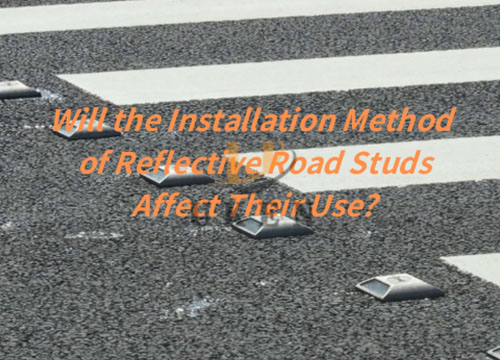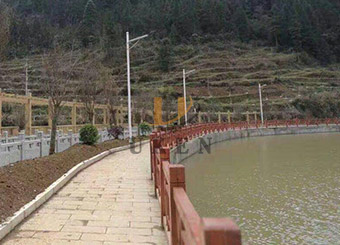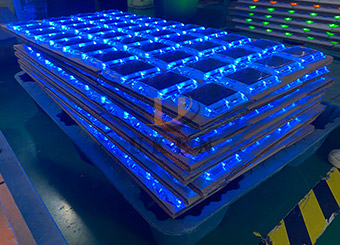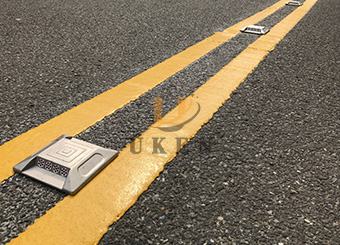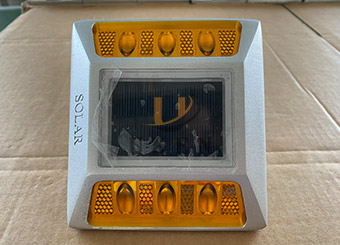A traffic cone is a portable, cone-shaped traffic control device typically made from durable materials such as polyvinyl chloride (PVC) or rubber. It is widely used in temporary or emergency situations to guide traffic, mark hazardous areas, or demarcate specific zones.
Traffic cones convey critical information to drivers, pedestrians, and staff through their color, shape, and placement, ensuring order and safety in traffic scenarios.
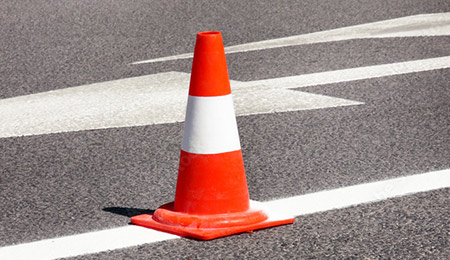
Primary Meaning: Indicates temporary traffic changes or construction zones.
Typical Scenarios: Road construction sites, maintenance areas, event setup sites, or temporary lane closures.
Core Purpose: To remind drivers to slow down, remain vigilant, and follow the adjusted traffic patterns.
Main Meaning: Indicates restricted access areas or immediate hazards.
Typical Scenarios: Closed entrances, accident sites, fire zones, or areas strictly prohibited from entry.
Core Purpose: To enforce no-entry regulations, prevent unauthorized access, and protect people from hazardous areas.
Yellow: Commonly used to warn of potential hazards ahead, such as potholes, debris, or speed reduction zones (more common in temporary warnings outside of construction zones).
Green: Less common but may indicate safe passage or designated routes in specific situations (e.g., emergency vehicle access, pedestrian pathways during large events).
Main meaning: Mark areas for specific purposes, typically related to public utilities or emergency services.
Typical scenarios: Locations of fire hydrants, water pipes, electrical boxes, or areas reserved for emergency personnel.
Core purpose: Help utility workers or emergency teams quickly identify critical infrastructure or work areas.
Primary meaning: Enhance visibility in low-light or high-risk environments.
Typical scenarios: Nighttime construction, foggy weather, school zones, or areas with high pedestrian activity (e.g., festivals, marathon event sites).
Core purpose: To remain conspicuous under complex visibility conditions, ensuring they are noticed to maximise safety.
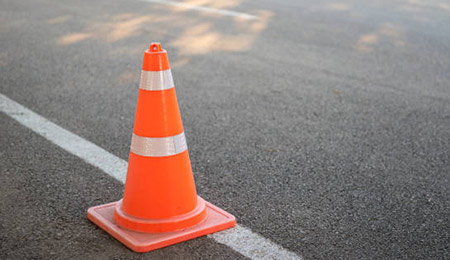
Local traffic regulations or industry guidelines may mandate specific cone colours for certain scenarios (e.g., in many countries, construction zones must use orange cones).
In areas with low light, fog, or rain, bright or fluorescent-colored traffic cones are preferred to ensure visibility.
Color selection is based on the audience needing to identify the information (e.g., blue traffic cones are primarily for utility workers, while red traffic cones are for all road users).
Helps quickly understand road conditions, adjust speed, avoid hazards, and reduce accidents.
Ensures they properly set up traffic cones to convey warning information and protect their own and others’ safety.
Guide safe walking in crowded or temporary areas (e.g., event sites, construction zones).
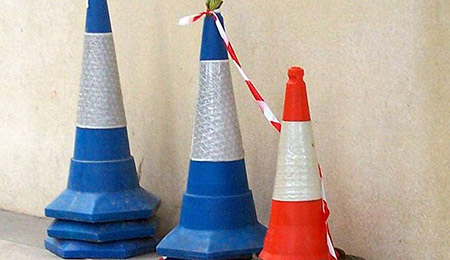
Ensure the color of the traffic cone aligns with the intended message (e.g., never use red cones to mark non-restricted areas).
In low-light conditions, combine colors with reflective strips to enhance visibility.
Arrange traffic cones in a clear pattern (e.g., in a straight line to guide lanes) to reinforce the information conveyed by the colors.
The color of traffic cones serves as a universal safety language, with each color carrying specific meanings to guide behavior and prevent risks. By understanding these colors, drivers, staff, and pedestrians can navigate temporary or hazardous situations with greater confidence, making roads and public spaces safer for everyone. Selecting the appropriate color for specific scenarios is key to maximizing the effectiveness of traffic cones.
